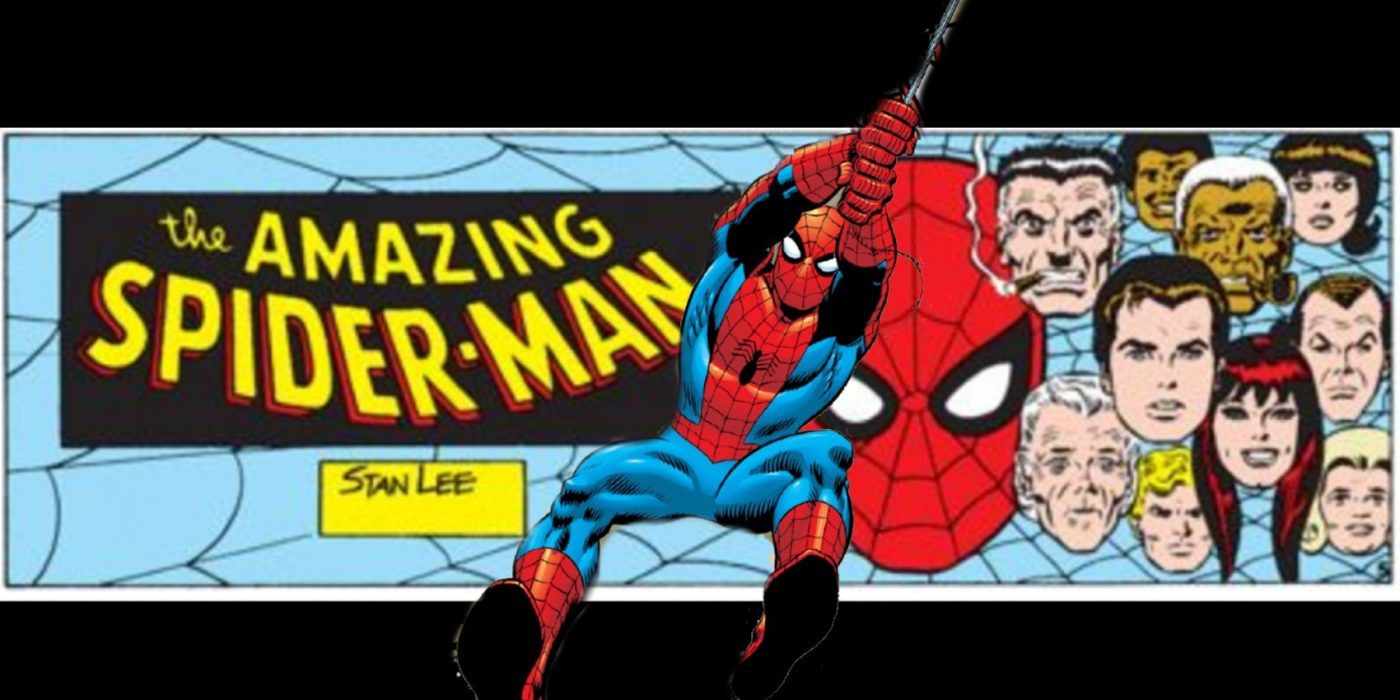
The Amazing Spider-Man was a daily syndicated newspaper comic strip that ran for almost 40 years, published from 1977 to 2019. The strip was part of comic-book-to-comic-strip crossovers and was the last to remain in print. The strip was part of the King Features Syndicate publishing line, appearing in newspapers around the world.
The stories were dramatic, soap opera-styled strips with story arcs featuring some of the wildest and strangest moments of a Spider-Man story ever written. The strip launched on January 7, 1977 and ran until March 23, 2019, featuring characters from Spidy's comic book universe but also including some characters unique to the strip.
10 The First Attempt At A Daily Strip Was First Proposed in 1970
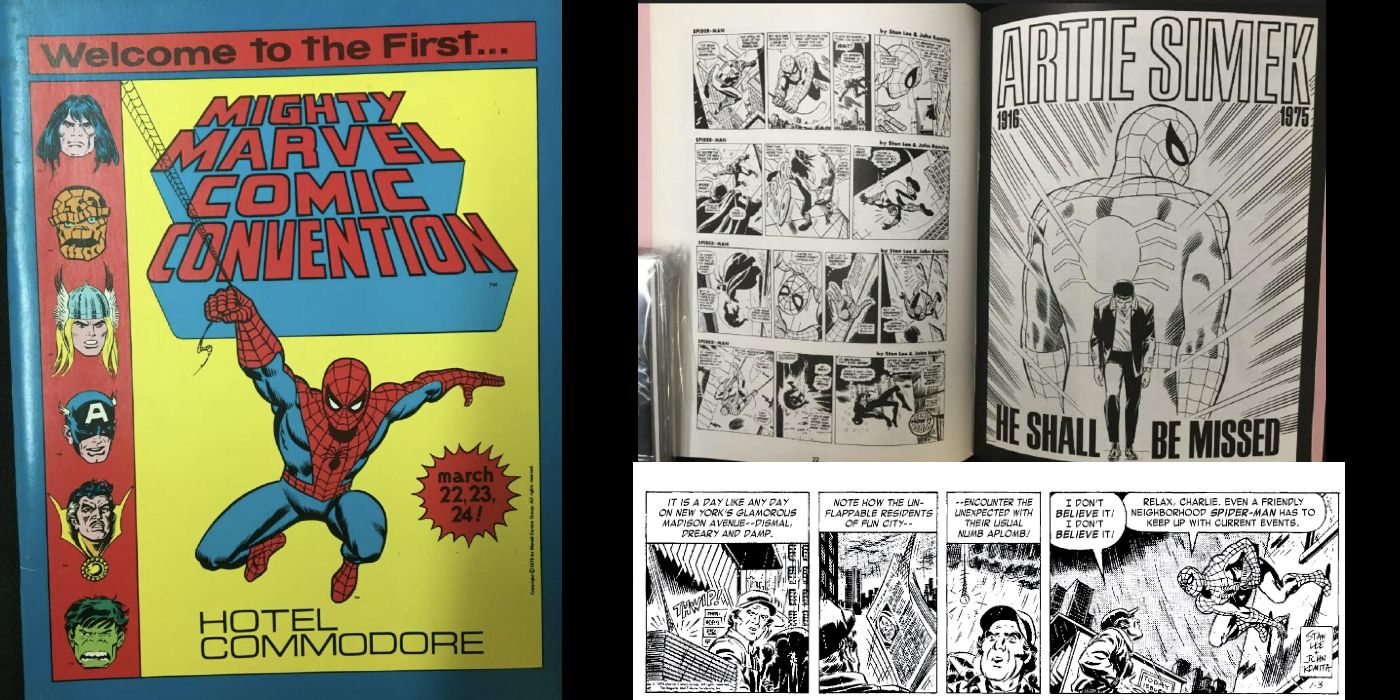
The strip that ran for 40-years was the second attempt by Stan Lee at a daily strip featuring the web-slinger. The idea was first pitched in 1970 and even saw two weeks' worth of strips completed by Lee and John Romita Sr. These strips weren't picked up and never saw publication in a newspaper. These strips were eventually printed as part of the company's program for the 1975 Mighty Marvel Comic Convention.
The Amazing Spider-Man strip debuted on January 3, 1977 and was first syndicated by the Register and Tribune Syndicate until 1985, before moving to Cowles Media Company in 1986, and King Features Syndicate, where it remained for the rest of the run.
9 The Strip Had A Variety Of Creators Over Its 40 Year Run

Throughout the strip's run, it was done by some of the top talents at Marvel taking on both writing and art duties. For the first four years of the strips run, Stan Lee and Romita were the creative team until Larry Lieber, Stan's brother, took over art chores. After a short initial stint, Lieber would leave the strip, returning a few years later, illustrating the strip from 1986 to 2018. Following Lieber's retirement, Alex Saviuk took over both penciling and inking duties until the strip ended. Other notable artists who worked on the strip included Roy Thomas and Joe Sinnott, who inked the Sunday strips from 1992 through the end of the series, even though he retired from comic book work.
8 The Newspaper Strip Starred Spider-Man From Earth-77013 Who Was Different From His 616 Counterpart
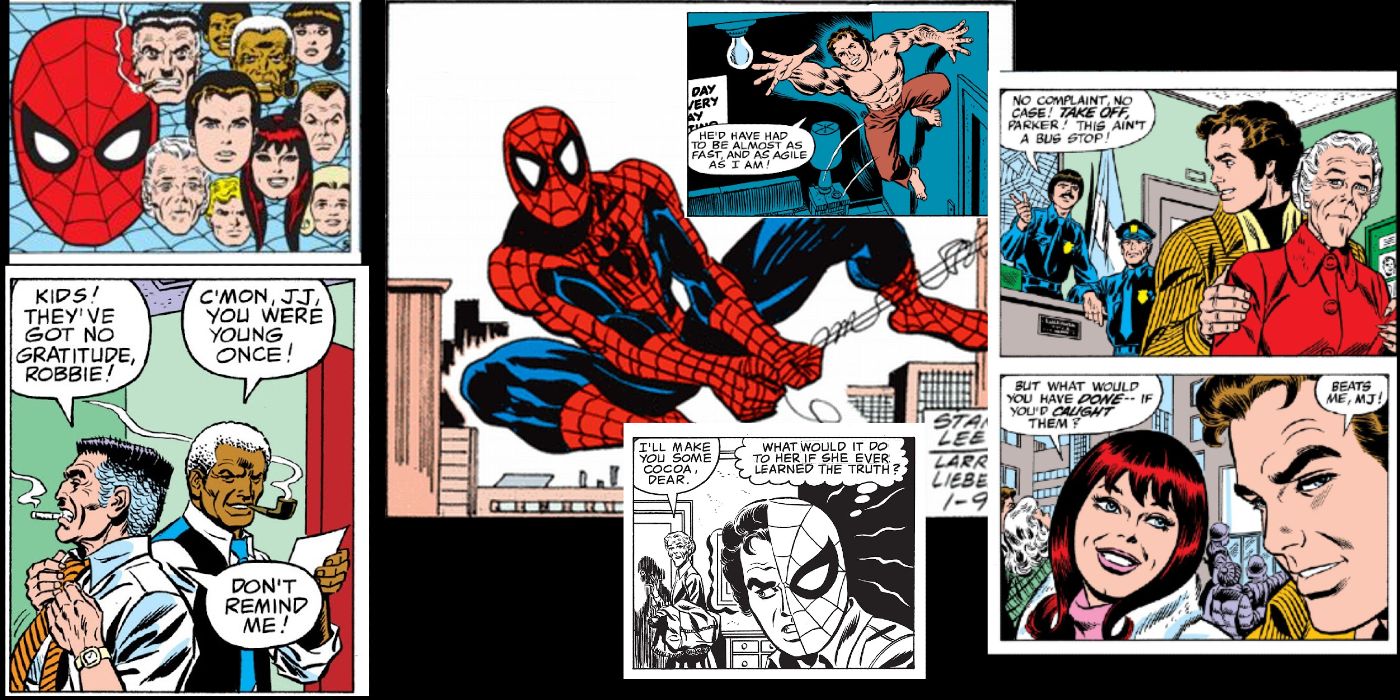
The newspaper strip took place on Earth, located in a pocket dimension and possessed an unstable time continuum, officially recognized as such during the 2014 Spider-Verse event. On this Earth, Peter Parker is known to have logic and critical analysis issues, requiring weeks for him to complete simple actions.
In the 2014 Spider-Verse event written by Dan Slott, Morlun theorizes that it is the unstable time continuum, which is responsible for this Peter's difficulties, not the high number of bricks that seem to be attracted to Spider-Man's skull. During the story, this universe was spared the fate of other versions of Peter Parker throughout the Spider-Verse, due to Master Weaver placing it in the pocket dimension.
7 Storylines Ran Anywhere From 8 - 12 Weeks, Occasionally Crossing Over With Events In The Comics
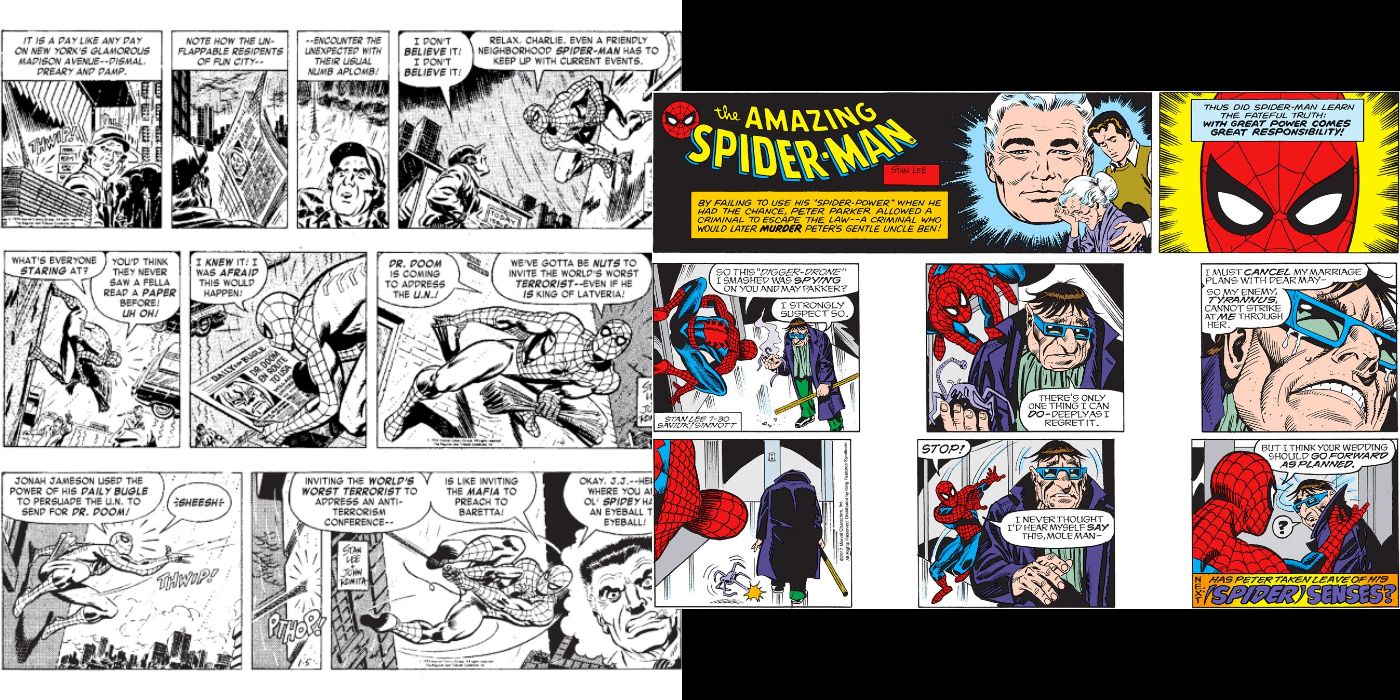
The storylines in the newspaper strips would run on average for eight to 12 weeks, although one storyline took seven months to complete. For the most part, the stories featured the same characters from the 616 Universe in original stories and were not beholden to the main continuity. Despite this, the strip did crossover with the comic book universe, in a few instances such as Peter and Mary Jane's wedding in 1987, The Mutant Agenda in 1993-94, and Spider-Man: Brand New Day story arc from 2008. When fans reacted negatively to the revelations in Brand New Day, Stan Lee opted to reveal the entire story, on this Earth, was nothing more than a bad dream.
6 Roy Thomas Started Ghostwriting The Strip In 2000 With Stan Lee
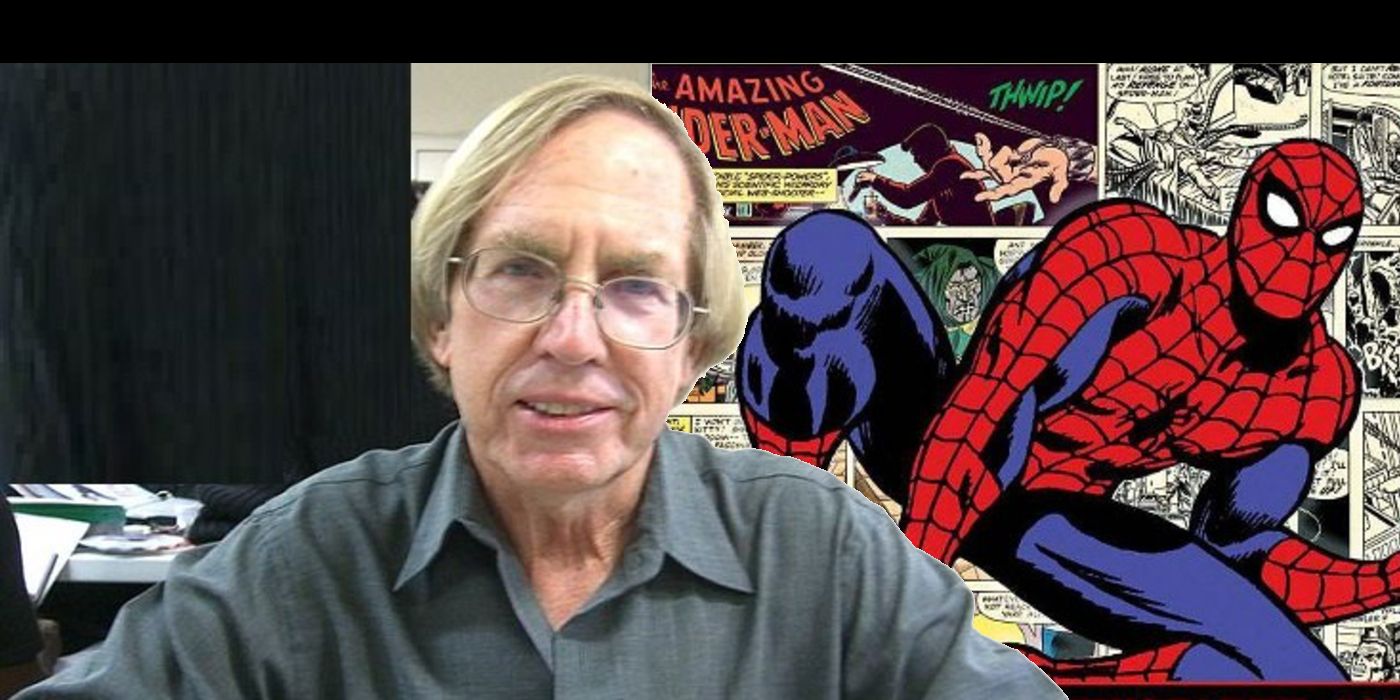
When writing the stories for the strip, Stan Lee wrote complete scripts for the comic strip, a slight departure from the famed Marvel Method that was used for the comics. Following the surgery for a pacemaker, Stan Lee cut back on his activities, including writing for the newspaper strip. No stranger to comics, Roy Thomas would begin ghostwriting the strip in July of 2000 and continue through the end of the strip.
Thomas would work with Lee's personal assistant on the strip along with the occasional indirect verbal input from Stan. Throughout the strip's entire run, Stan Lee was credited as the writer, even following his death in 2018.
5 Various Heroes & Villains From The Marvel Universe Would Occasionally Make Cameo Appearances

One of the storytelling elements that Thomas would bring to the strip was the appearances of other great characters from the Marvel Universe. Other heroes who made appearances in the comic included Wolverine, Captain America, Iron Man, Thor, Black Widow, and villains like Doctor Doom and Venom. Like Spider-Man, these characters had a separate continuity in the strip, unconnected to what was happening in the main Marvel Universe. These other characters would appear in a few strips, returning the focus to Spider-Man and the main cast.
4 The Strip Had Unique Characters Who Only Appeared In The Strip
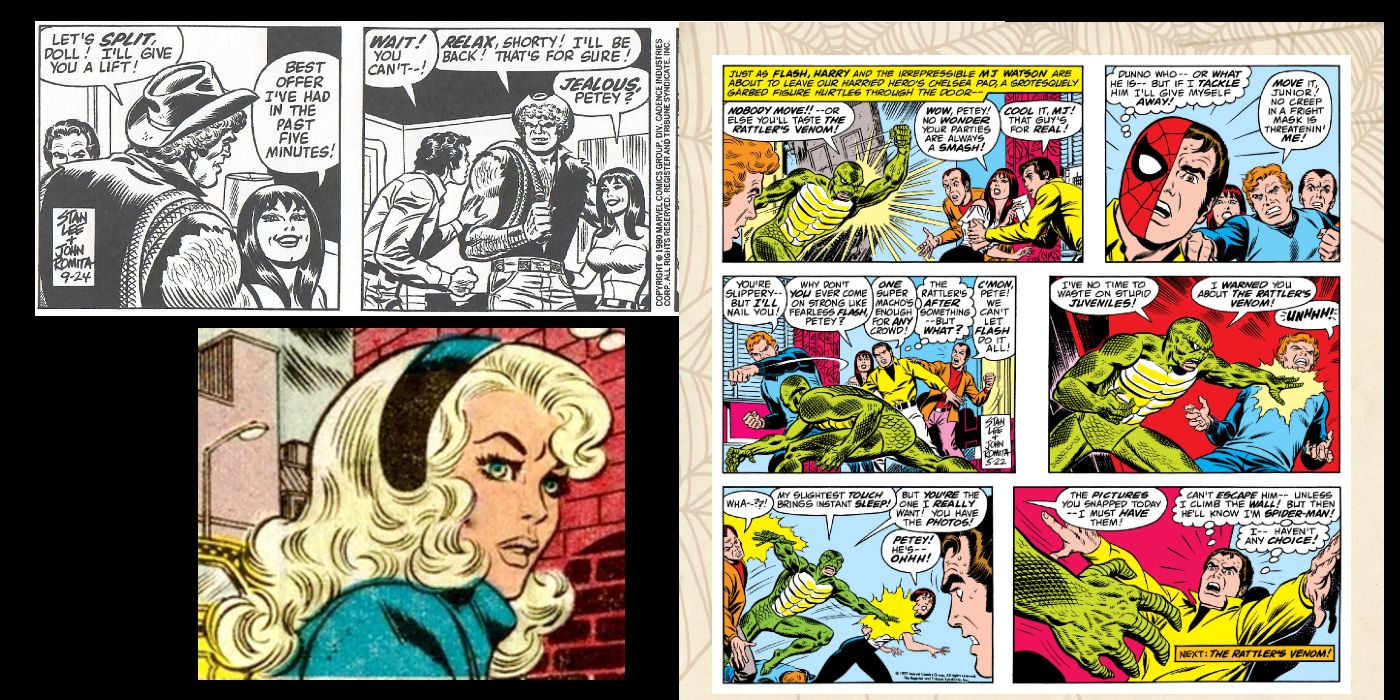
Aside from Spider-Man's regular supporting cast, some characters were created for the strip and never appeared anywhere else. These characters included the Rattler, a former pet shop owner and snake devenomizer who experimented on himself and mutated into a snake-like creature; the Protector, a thug shaking down the elderly in Aunt May's neighborhood for protection money; and Carole Jennings, who briefly was a love interest for Peter.
While it was mainly villains who were created for the strip, other additions were those Peter Parker would meet out of costume. These characters have not appeared in the main Spider-Man comic book titles in the main Marvel Universe.
3 The Strip Had The Occasional Guest Star Celebrity Appearances
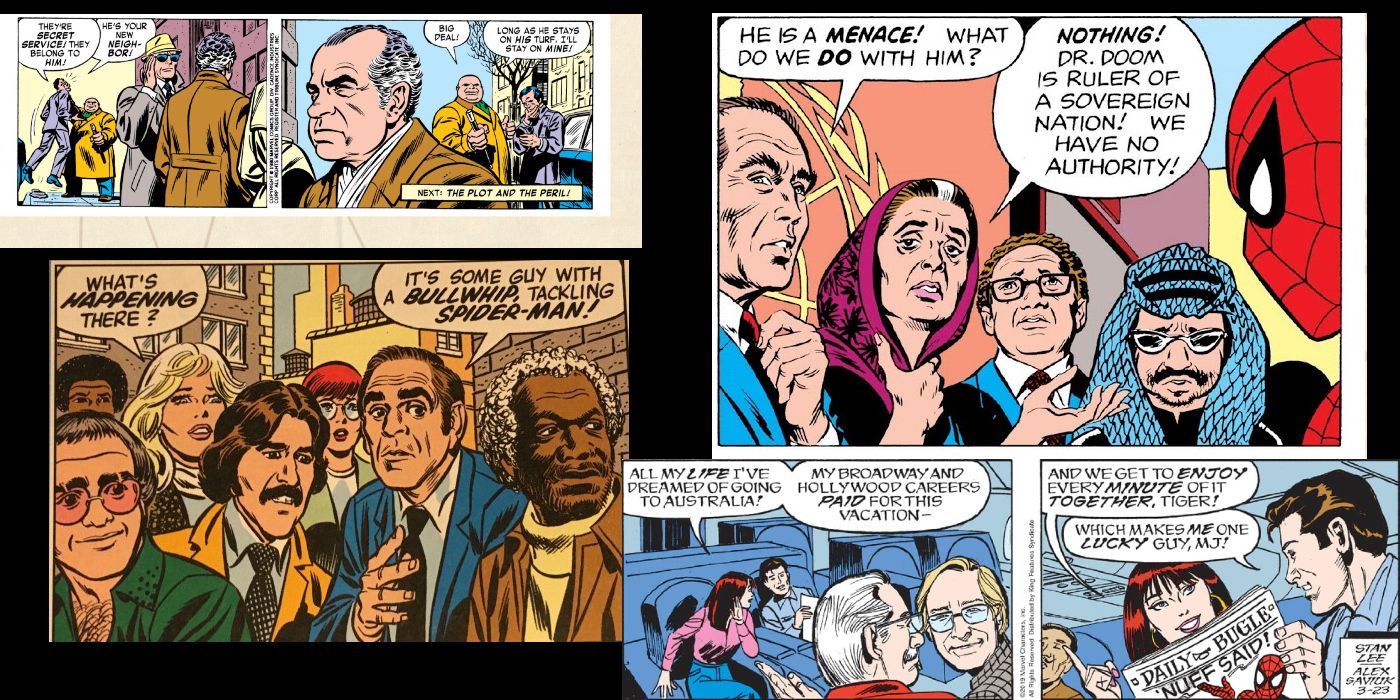
With the strip's story taking place in New York City, this provided Stan Lee the opportunity to have the occasional celebrity or well-known real person appear in the background of the action. The first cameo was Yassir Arafat, the former PLO leader who appeared in the first story arc involving Doctor Doom. Other celebrities who appeared in the crowd included Elton John, Geraldo Rivera, Abe Vigoda, and Redd Foxx, who appeared together in a crowd scene watching Spidey fight with The Protector. The Kingpin had a run-in with President Nixon in the early 80a when the former President moved into one of his buildings. In the last strip, Roy Thomas and artist Alex Saviuk made a cameo appearance as Peter and MJ prepared to embark on their trip to Australia.
2 Roy Thomas Had A Two Week Story About Peter & Mary Jane In Australia That Never Was Drawn Or Published
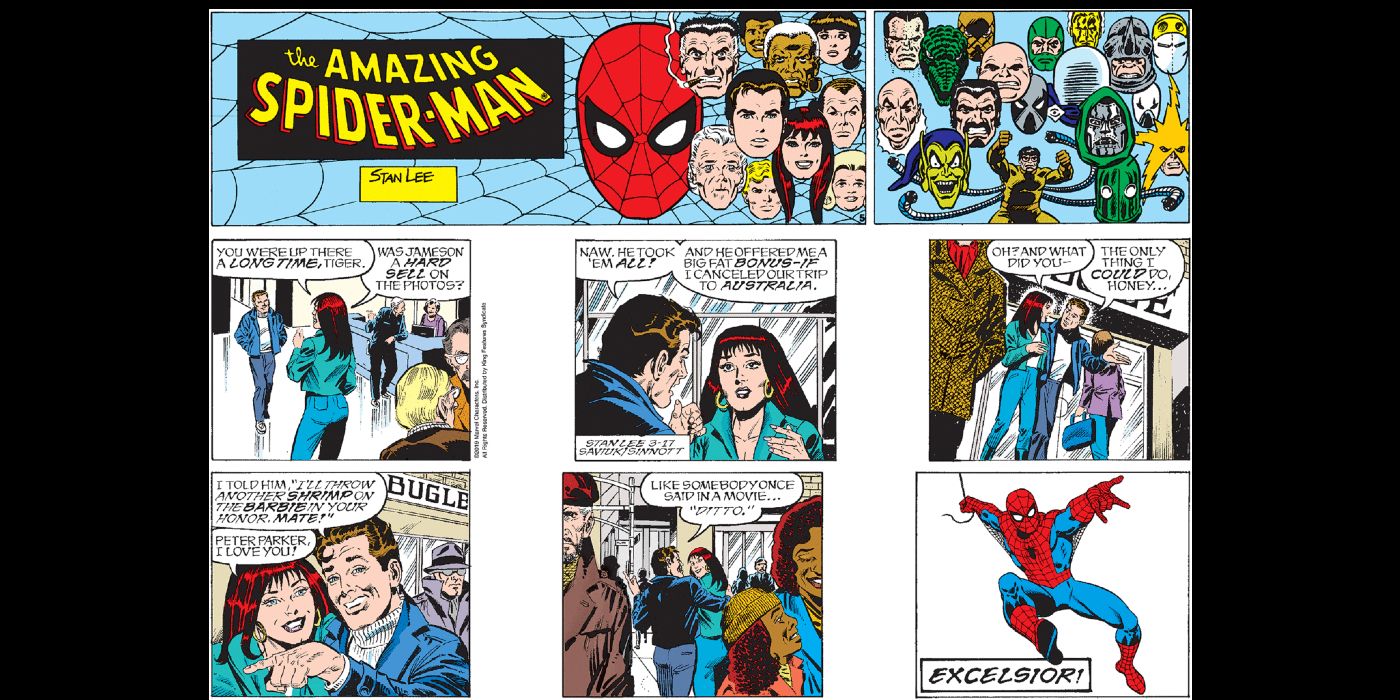
In March of 2019, Marvel announced the strip would be undergoing some creative changes, which would mean that new content would "temporarily" be put on hold, with reprints of previous adventures being run during the transition. Along with this announcement, Saviuk and Thomas both let it be known they would be departing the strip. Following these announcements with no information about a creative team taking over the production of new material, it was announced that Marvel was killing the strip for good.
In an interview, Thomas said that he had already written a two-week story centered on the couple's trip to Australia featuring The Kangaroo. Thomas also declined to rewrite the script for the last few scripts and turn it into a "goodbye" ending, leaving the conclusion
1 The Strips Are Collected In Hardcover Reprints From Marvel & IDW Entertainment

In 2015, Marvel Comics teamed with IDW Publishing's The Library of American Comics imprint to begin putting out collected editions of the newspaper series entitled: The Amazing Spider-Man: The Ultimate Newspaper Comics Collection. The Library Of American Comics' goal is to preserve classic American newspaper comics by presenting them in definitive archival editions. So far, there have been five editions that cover the series from 1977 to 1986. The comics strips include informative essays providing historical context to other comic strips and historical events during the original publication.
0 Comments